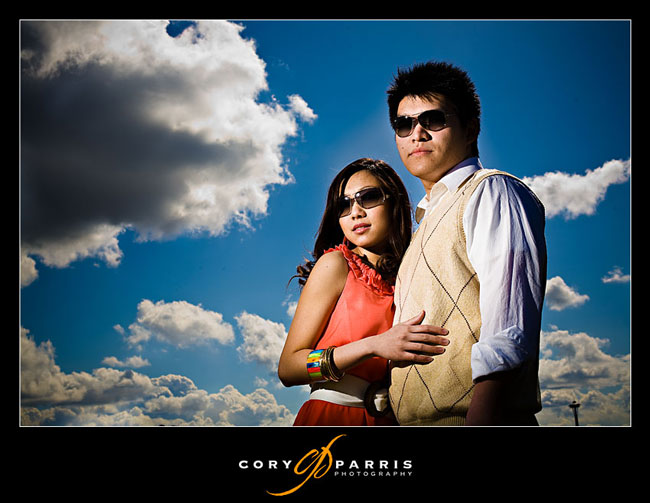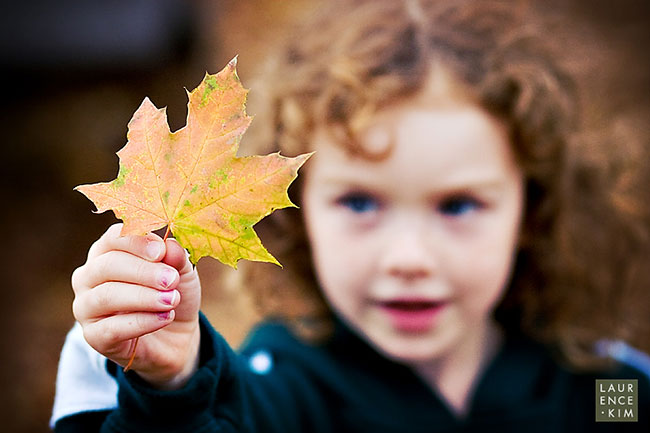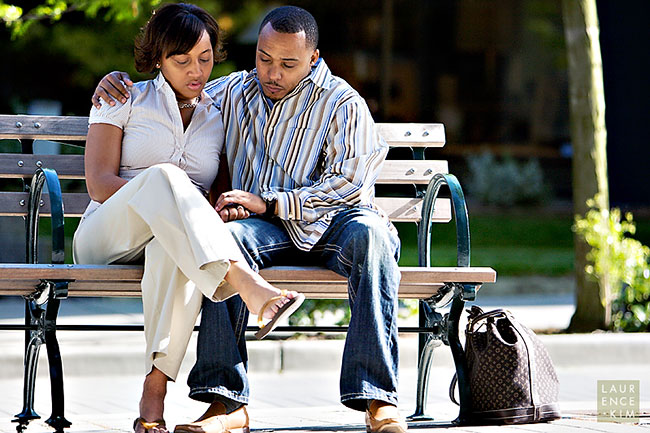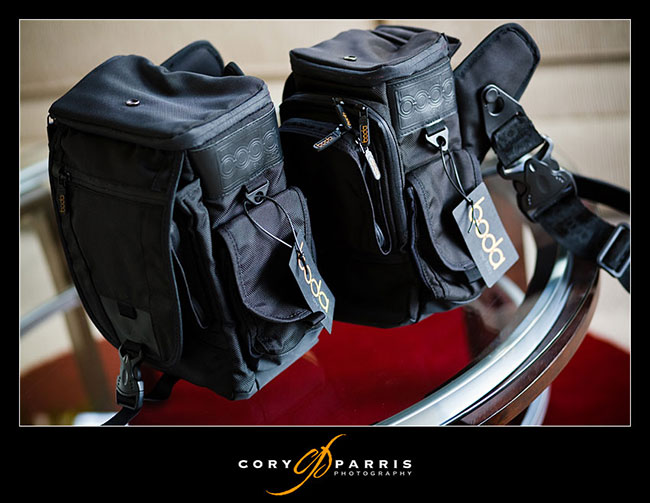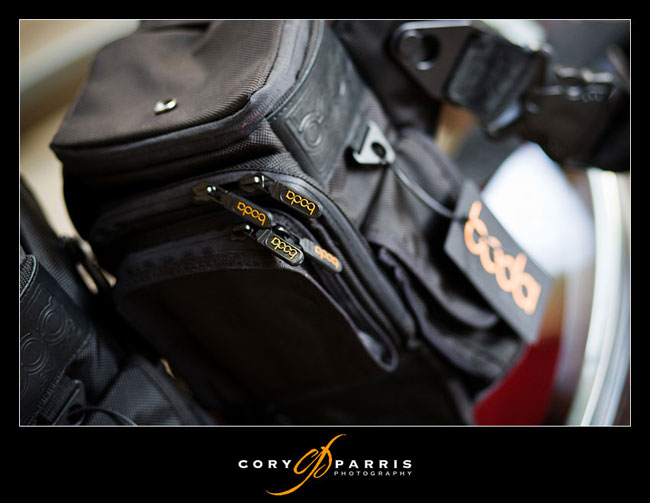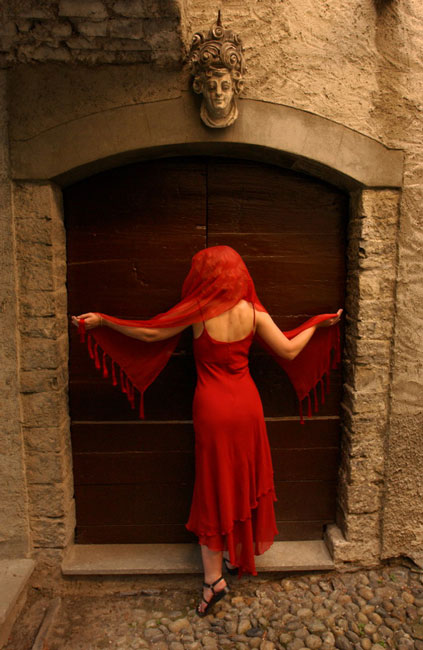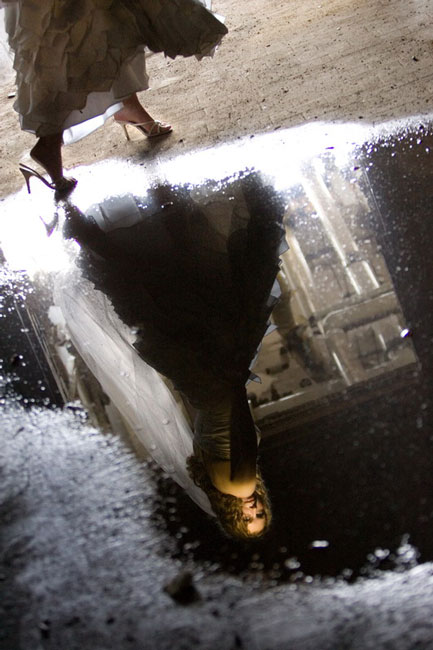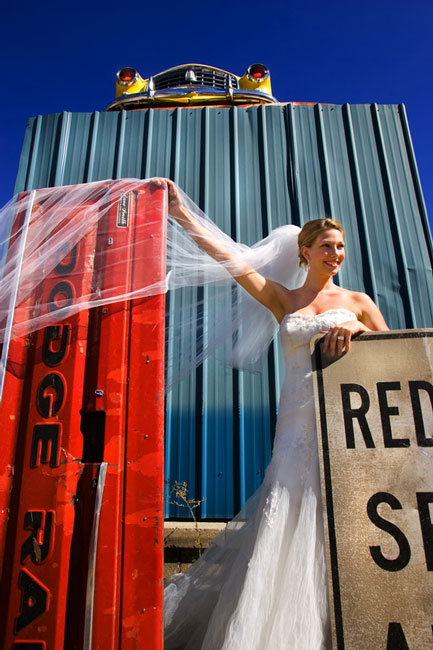I just got some new toys tools for wireless, off-camera flash called Radiopopper PX. What they basically do is take Canon wireless flash technology and make it useful somewhere besides in a dark room with the flashes pointed at each other. You then use the flash system on your flash to set up lighting ratios, manually change the flash settings, use automatic flash without having the light source coming from on top of your camera. Today I took my son and Sounders FC superfan, Kyler, to the park to play with the system.
I wanted to test a few things: the High Speed Sync, speed of operation, and a comparison of the eTTL system versus the manual flash adjustments that I usually do. I used a flash 580EX flash on my camera acting as the master unit with a Radiopopper PX transmitter attached to the top of it and two 550EX acting as slaves with the Radiopopper PX receivers attached.

This is what I envisioned when we went to the park. I used the Radiopoppers to transmit the fire signal and the manual flash adjustments while keeping my shutter speed at the 1/200th top speed that the Canon 5D allows for traditional flash systems.

This image was taken using the high speed sync allowing for a much more shallow depth of field.

I really liked this image. Ky loves soccer and is really excited for MLS to be coming to Seattle (Sounders FC season starts March 19). For this I used the eTTL system rather than manually setting the flash and I was pleasantly surprised at the nicely exposed result.


This is more what I expected from eTTL. The camera saw the bright lightsource in the frame and didn't use enough flash power (even though the fired) to make a proper exposure.

In this image, I switched to manual flash exposure and I had a much better exposure. This image is processed identically to the image before it so that it is an apples to apples comparison.

This image shows the shallow depth of field that is possible using high speed sync and a fast lens.

Same as the image before, but with the focus on his face rather than his hands.

Another using the high speed sync to make him pop from the background.

Testing the range. I was about 150 feet away. Really all that I need it to work at would be this range. The system is supposed to work at 1700 feet. Nice, but not necessary for me!

The front of his jersey. This image was shot at 1/6400 of a second with a full power flash.

This image of my amazingly handsome son was taken at f2 for the shallow depth. Again using HSS.

Again using the two flashes and HSS. The shallow depth of field throws the trees and sky out of focus and makes them shapes rather than trees.

These last three images are for illustration of the Manual versus eTTL. The first is taken with manual flash, the second is eTTL. The third is eTTL with +2 stops of exposure compensation.


My conclusions are that the Radiopopper PX system works really well for doing portraits. The system fired the flashes every time the flashes were ready and charged. It works well at distance. It provides a reliable system to use the HSS (high speed sync) allowing for flash and shallow depth of field at the same time. And it allows me to change my manual flash settings without going over to the flash and pushing buttons (I can push buttons from wherever I am with the camera).
Where it falls down in my mind is the difficult installation (you actually have to semi-permanently attach it to the flashes you are going to use rather than take it on and off at will) and the fact that it is limited to speed of operation of the Canon wireless flash system. I tested it on motor drive and was able to get only four out of 12 to fire at 1/128 power at three frames per second (frames 1, 2, 3, and 9 of the 12). This was because the Canon master flash was not ready, not because the Radiopoppers or the receiving flashes were not ready.
Finally, I found that I got the results that I wanted most consistently when I used manual flash exposure. The eTTL was right about 75% of the time, but for me being wrong 25% of the time doesn’t cut it.
It is a very cool time to be a photographer with all the awesome equipment available!


